Over 100 Kenyan tobacco farmers took part in a government-backed project to plant sustainable crops instead of the usual tobacco plants. Their first harvest so far already yielded 135 tons of high-iron beans.
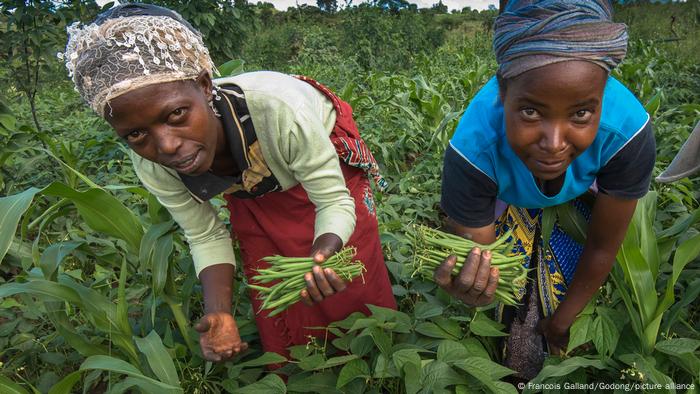
Farmers have sold 135 tons of beans to under the World Food Program's regional buying scheme
Some 100 Kenyan farmers were part of a pilot project to help farmers transition from tobacco to alternative food crop farming. The World Health Organization (WHO), the World Food Program (WFP) and the United Nations' Food and Agriculture Organization (FAO) funded the project and helped retrain the farmers.
They were given the opportunity to transform their fields from tobacco leaves to a myriad of crops — including corn and sweet potato.
DW's Thelma Mwadzaya, who visited the farms, says she saw sprawling vineyards alongside neatly done homesteads. She attributed it to a sign that "the farmers are living under better living conditions."
"The project in Migori for the tobacco farmers is a major shift towards attaining a healthy nation and the Ministry of Health fully supports such ventures," says Kenya's Health Cabinet Secretary Mutahi Kagwe.
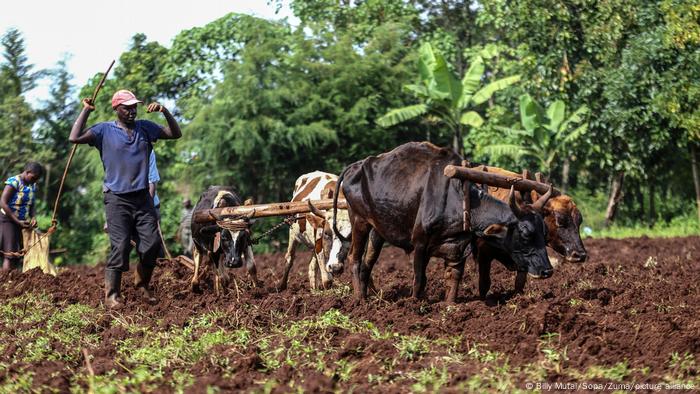
Farmers' health is a major concern for the Kenyan government and the UN agencies
Health hazards and school dropouts
Farming tobacco plants contributed less than 1% to Kenya's economic development. The farmers were further exposed to serious health risks, such as cardiovascular and respiratory diseases, over 20 different types or subtypes of cancer, and many other debilitating health conditions, according to the WHO.
During handwashing of tobacco leaves without protective gloves, farmers expose their skin to the highly-addictive nicotine substance.
The WHO also reports that more than 6,000 Kenyans die of tobacco-related diseases every year. The global annual death toll of 8 million deaths occurs mostly in low and middle-income countries, which are "often the main targets of intensive tobacco industry interference and marketing," according to the global public health institution.
"My teeth have fallen and left me in bad shape," said Patrice Chitang'ita Kisunte, a farmer from Sakuri in Kenya's southwestern Migori county.
"I advised [other farmers] to stop tobacco farming and plant other things like maize, beans and potatoes."
The health of the farmers was one of the major concerns for the Kenyan government and the three United Nations agencies. Another was mass school dropouts among farmers' children.
"When tobacco was being grown actively, there was a lot of school drop outs," says Rose Ghati, a resident and farmer in Kuria.
"They used to leave school because they know that tobacco is there and they can make money off it."
WHERE DO YOUR WINTER ROSES COME FROM?Bright colorsThe homes near Kenya's Lake Naivasha are as colorful as the millions of flowers grown there each year. Known as the "flower bed of Africa," the area north of the country's capital Nairobi, exports cut roses, carnations and other blooms around the world. The industry is central to the country's economy. But it has a dark side too.
Markets for the goods
The UN agencies launched the Tobacco Free Farms project in Migori County with the government of Kenya to mitigate these issues. The collaboration is the first of its kind in the world.
According to the WHO, the project has seen farmers' health improve, increased school attendance amongst children previously working on the farms, and crops which are considered better for the environment replacing tobacco.
"Right now, my kids have time for homework, but during tobacco farming, they did not," said long-time tobacco grower Alice Achieng Obare, one of hundreds of farmers in Migori county who have moved away from tobacco.
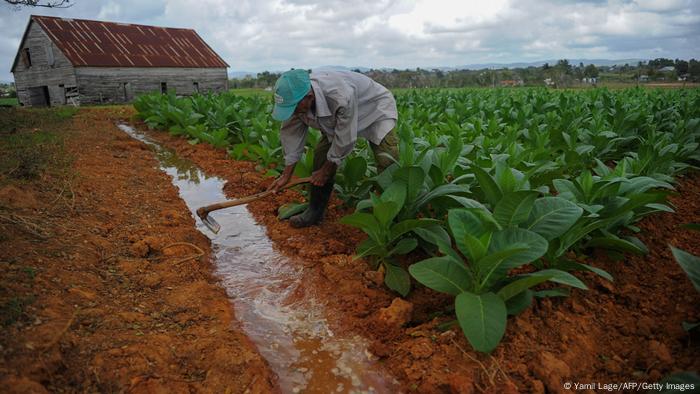
Kenya used to be a major export of tobacco leaves
"WFP has provided a ready market for high iron beans, promoted good agricultural practices, nutrition sensitization, and post-harvest loss training," says Simon Cammelbeeck, the managing director of the Farm to Market Alliance, another partner in the project.
Growing beans has the added advantage that they are full of iron, which is said to help counter numerous heath and development problems among children and pregnant women.
"The process used in that project is for the entire value chain, from production of what we call alternative food source to putting food on the table," says Husna Mubarak, a project officer with FAO.
"Most importantly there's technical support, on how to till the land, plant the seeds, and most importantly provide capacity to ensure that you are able to add value to it, package it and be able to market it out."
Watch video04:47
Kenyan farmers embrace organic farming
Knowledge transfer
Kenya had ratified the legally binding WHO Framework Convention on Tobacco Control in 2004 and became the first country in the world to pilot the alternative tobacco project.
"We are encouraging the farmers to farm other cash crops," Elizabeth Robi, assistant chief of the Sakuri area in Kuria East, told DW.
"Most farmers have shifted to coffee. This is because that tobacco was affecting even the person who is not farming through inhaling that smoke. So their health has improved."
The government and the three UN agencies plan to take the knowledge from the pilot project to farmers along the former tobacco belt in Kuria West.
Thelma Mwadzaya in Kenya contributed to this article.
Edited by Keith Walker
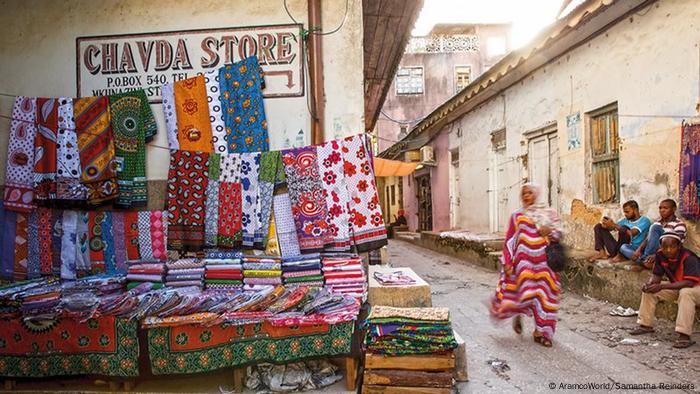
THE KANGA: EAST AFRICA'S CULTURAL JEWEL
A rich fashion trend history
The origin of the kanga can be traced back to coastal East Africa in the mid-19th Century. It is believed that some stylish women in Zanzibar had the idea of buying printed kerchiefs in lengths of six. This was later modified into pairs. They were sewn together into single designs called 'Leso' after the square kerchiefs that had originally been brought to Africa by Portuguese traders.
12345678
DW RECOMMENDS
Good teamwork: How radio stations in Kenya are implementing gender equality
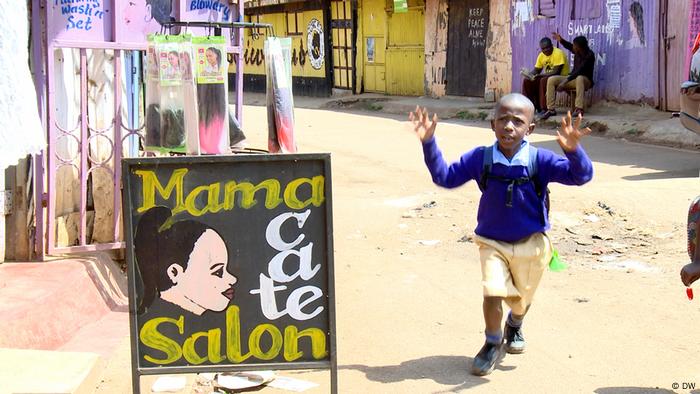
No comments:
Post a Comment